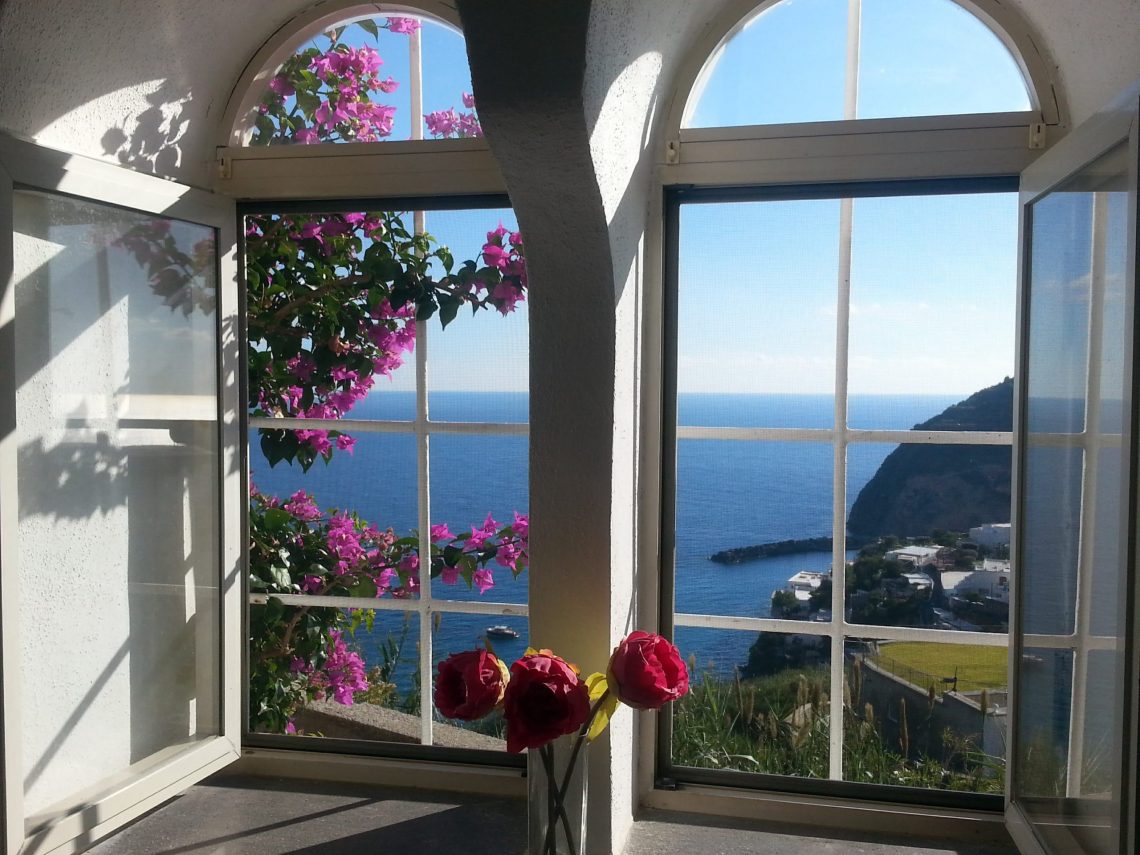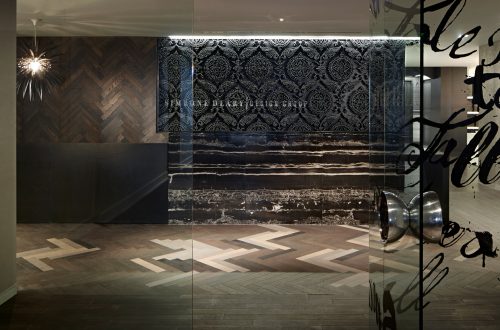Sourcing and installing the right set of windows is a key part of any design plan, whether for an ultramodern residential renovation, new commercial concept emphasizing biophilic design, or a spatial design project in any industry. Often, though, selecting essential accessories like window screens can receive less attention in this part of a design strategy. For Joe Altieri, CEO of the innovative, Pittsburgh-based company FlexScreen LLC, it is this specific window screen area—and its once-stagnant design themes—that has held interest since before Altieri launched FlexScreen in 2013.
Altieri has made a career in the window market, along the way discovering a disconnect between the quality and progression of the window industry and their respective window screens, which have featured largely the same design and materiality for more than a century, according to Altieri, resulting in more damage and wear.
“Really, I was trying to solve a problem in our industry, which is the damage that is caused by regular window screens; that was the problem that I was solving, but the inspiration came from crazy places,” Altieri said.
Everything from Barbie pop-up tents to an electrician’s fish tape struck Altieri as he worked in his garage workspace to develop what would eventually be FlexScreen’s flexible, spring-like design. After some years and several patents, FlexScreen hit the marketplace to immediate attention, including from the entrepreneurial-themed TV show, “Shark Tank.”
Advantages to the FlexScreen design include its strength and ease of installation, with high-performance tempered spring steel and damage resistant frames, as opposed to the easily-dented, painted aluminum and rubber combination that has been the standard. Surrounding the steel material is black PVC vinyl—a flexible vinyl often used for outdoor playground equipment and thus packing weatherization properties and UV resistance.
An ancillary advantage of FlexScreen is that it hides completely in a window pocket and out of view, as opposed to previous screen styles which featured perimeters that could block significant portions of an outward view. This quality strikes Altieri as advantageous in a changing residential architecture and design market that favors increasingly modern styles.
“With modern architecture, what everybody wants is smooth lines, more glass, and less frame. Our screens actually just need a little divot to go in, so they answer a lot of problems that designers and window designers have with regular screens,” Altieri said.
The cost-effective, minimal, and nearly indestructible design of FlexScreen is accompanied by five durable mesh options and no additional hardware necessities for most window openings, though the FlexScreen team has invented some pressure bumper attachments to help screens fit into more unconventional window styles. More often, though, the right fit isn’t a problem, as many window styles are now being made to fit with FlexScreen specifically.
Besides new pairings with major window manufacturers in the near future, Altieri noted that many architects are also beginning to speculate FlexScreen into their own residential projects. Both developments mark a special growth for the company, which is expected to triple its earnings by the end of this year.
“It takes a long time, but the fact that we’re getting to that point now means that the industry is changing, because those big [companies] change industries,” Altieri said. “Even though all of those great things are happening, we’re still small and growing, but to see an industry change because of something I created in my garage just has me so excited. It’s humbling; it really is.”
Text: R. Collins
Photography: FlexScreen LLC






